Whole and ancient grains bring nutrition and functionality to snacks and baked goods
New choices and grain formats become available for snack and bakery application

courtesy of Ardent Mills

courtesy of Cargill

courtesy of Cargill
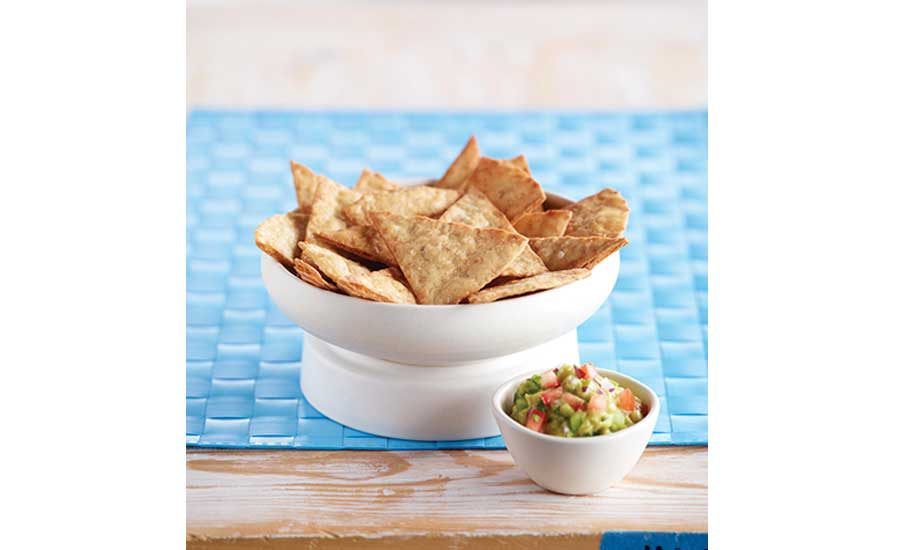
courtesy of Ardent Mills
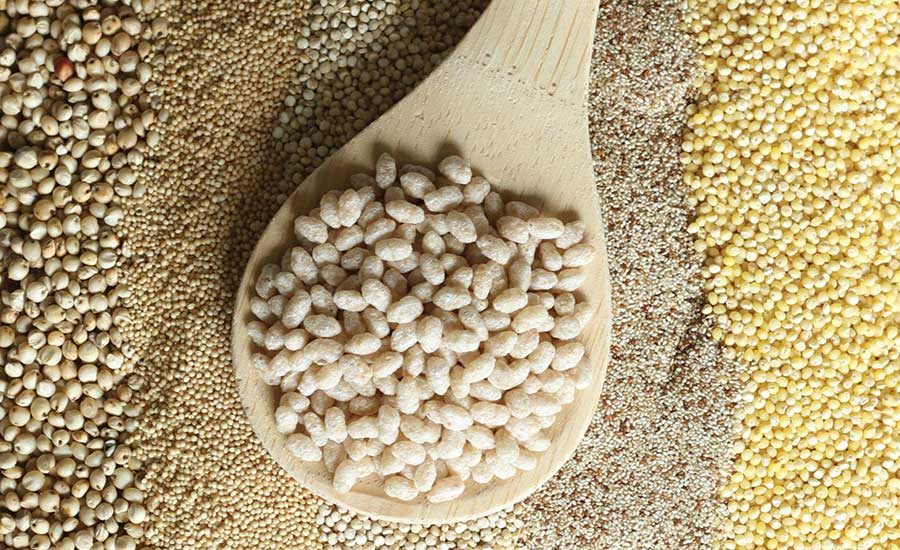
courtesy of Healthy Food Ingredients
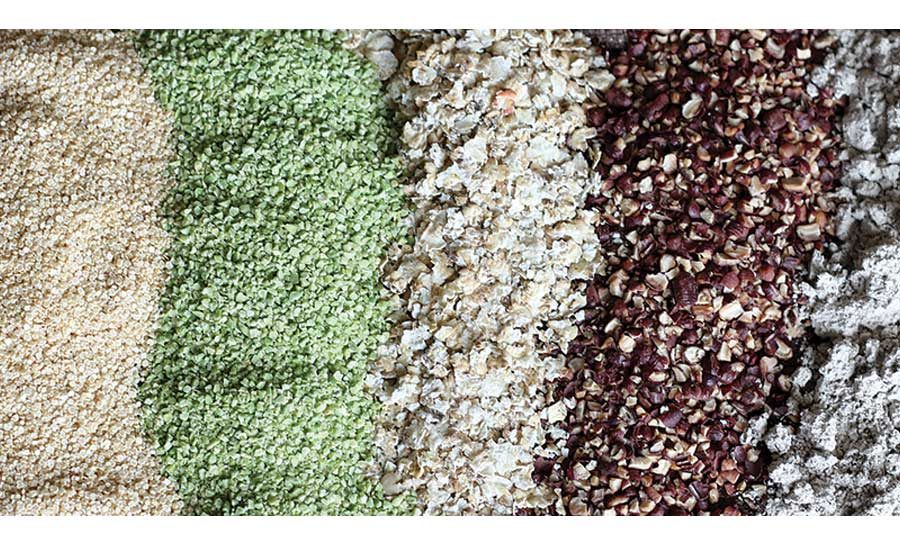
courtesy of Healthy Food Ingredients
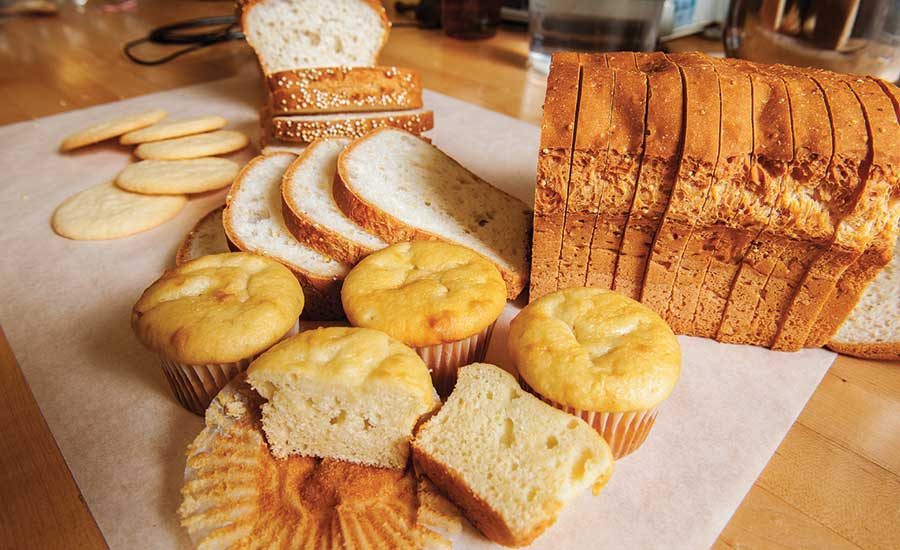
courtesy of Cargill
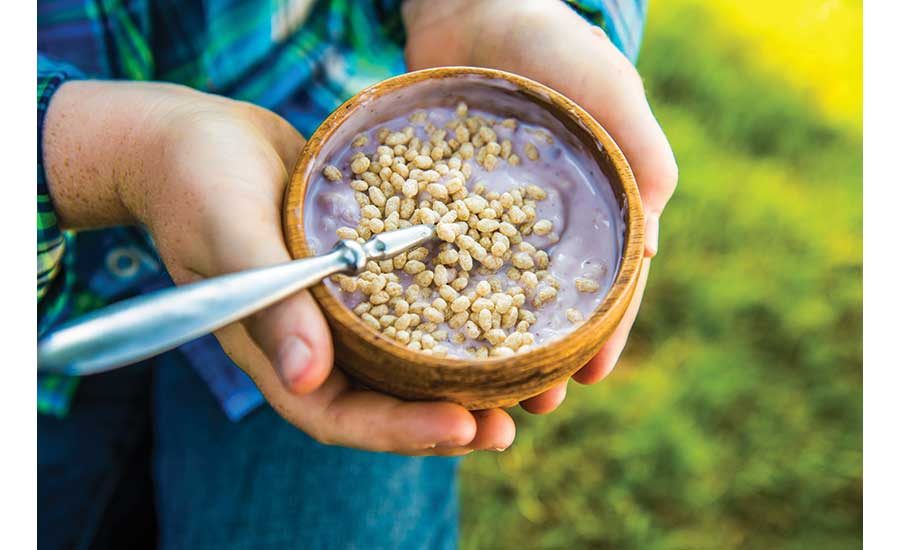
courtesy of Healthy Food Ingredients
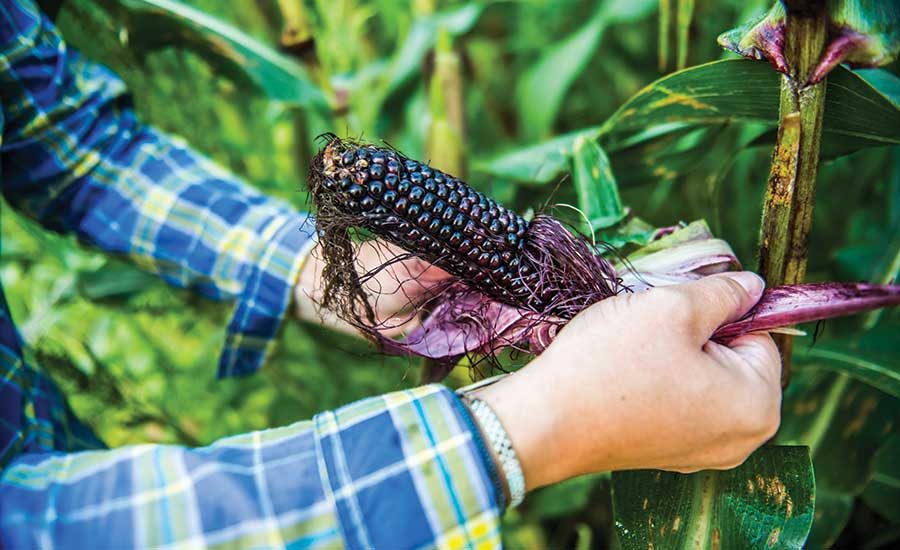
courtesy of Healthy Food Ingredients









In the most recent Dietary Guidelines for Americans, the USDA recommended that we consume 6 ounce equivalents of grains per day, half of which should be whole grains.
According to the U.S. National Health and Nutrition Examination Survey (NHANES), whole grain intake increased across all age groups from 2003 to 2014 from 0.6 ounce equivalents per day to 0.9 ounce equivalents per day. During that same period, intake of refined grains decreased from 6.3 to 5.7 ounce equivalents per day.
While any improvement is welcome, clearly we still have a long way to go toward increasing whole-grain intake. Luckily, there’s whole world of grains out there just waiting to be incorporated into a wide range of snack foods and baked goods.
Different whole grains vary in their specific nutrient levels, but generally tend to be a good source of essential nutrients. Whole grains, including ancient grains, often provide manganese, copper, selenium and/or zinc. Broadening the type of whole grains used in snack and bakery products can help improve overall dietary health in the U.S.
Trend tracking
Grain innovation in snacks and baked goods is driven by a few key trends. According to Pam Stauffer, global marketing program manager, Cargill, Minneapolis, when it comes to innovation, “label-friendly and healthful ingredients” are important. “Consumers want to recognize the ingredients in their snacks and know where these ingredients come from. Still, great taste remains the single most-important factor in repeat purchase.”
Darren Schubert, vice president of sales and marketing, Western operations, Grain Millers, Inc., Eden Prairie, MN, notes that “clean label, whole grain, organic growth, gluten-free, ancient grains, unique ingredients and, of course, nutrition” all influence innovation today. “Oats continue to be a top ingredient in bakery and snack categories. The wholesome, good for you and great flavor of oats are consumer preferred. At Grain Millers, we continue to build up our gluten-free oat supply and recently announced a significant expansion in our Yorkton oat mill to keep up with demand.”
Another group of grains that continue to increase in popularity is ancient grains. “Between 2011 and 2014, the top ancient grains in new product introductions were quinoa, millet, chia, sorghum and buckwheat,” says Zachery Sanders, marketing director, Ardent Mills, Denver, referring to a recent Innova Market Insights report. Ardent Mills these ancient grains and others, including teff, spelt and triticale, in kernel and flour forms, as well as custom blends. “Many of our ancient grains are gluten-free and work well in a variety of applications, including doughs. We also develop and produce coarse blends with the entire grain or particulates, depending on what the customer prefers.”
Due to the popularity of quinoa, having a reliable supply has become increasingly important. In March 2017, Ardent Mills became a part of the largest quinoa growing network in North America. Mike Veal, vice president of marketing, says security of supply was the impetus behind the introduction of the new Ardent Mills line of Great Plains Quinoa. “Great Plains Quinoa will be delivered with all the supply assurances available from Ardent Mills and will support North American family farms,” he says. “This line addresses challenges faced when the quinoa market is affected by South American supply challenges and year-over-year price fluctuations.”
Grain inspirations
Jason Gronlund, chef and technical sales manager, Ardent Mills, suggests a wide range of uses for quinoa: “Enrobed and filled snacks are a great category. We’ve been developing different filled arancini with mixed grains; quinoa works really well with rice or to replace rice. The idea of ‘tots’ also translates well to grains like quinoa and barley. We’re also seeing more people use ancient grains like quinoa and amaranth as nutritious additions to cereals and granola or energy bars. These grains provide nutty, earthy flavors that blend well with sweet ingredients such as fruits or natural sugars.”
Colleen Zammer, senior director of marketing and product development, Bay State Milling, Quincy, MA, anticipates more demand for millet and sorghum. “Ancient grains provide unique flavors, colors and textures in baked goods and snacks. In addition, ancient grains provide a sense of provenance and adventure. This is the differentiation that consumers crave. Millet and sorghum are ones we see growing, as they have a mild flavor profile and are economical to use in grain-based foods.”
According to Vanessa Brovelli, manager of product development, Bay State Milling, more sprouted grains and seeds are making their way into snacks and baked goods for their potential to increase nutrition and digestibility. “Sprouted wheat breads are becoming mainstream, incorporating sprouted inclusions like sprouted millet, quinoa, sorghum, amaranth, flax and chia,” she says. “From a sensory perspective, each grain can contribute unique flavor, texture and visual appeal. Millet is a popular grain to incorporate into bars or granola because if its distinctive crunchy texture and corn-like flavor. Sorghum is commonly used in gluten-free puffed snacks because it extrudes well and has a mellow, hay-like flavor and can provide more whole-grain nutrition than corn or white rice.”
Clean-label requirements pose a multitude of challenges to product formulators. For example, achieving the right color for breads and sweet goods can prove tricky when simplifying labels. Jim Kappas, vice president of sales and marketing, Malt Products Corp., Saddle Brook, NJ, suggests that formulators investigate using malt extracts. “Malt can be manipulated to create a variety of characteristics, and color is no exception. A wide range of color is possible using malt extracts, from a light-golden color to deep browns that can approach black. Dark malt extracts can be used at a 1–5 percent usage level in bakery products to provide color without affecting flavor. Dark malt extracts can be combined with lighter malt extracts to provide sweetness, color, flavor and dough-conditioning effects. Malt extract flavors can range from sweet, caramel notes to rich, roasted notes that are synergistic with savory flavors and help mask off notes often found in almond skins, soy isolate and stevia.”
Kappas also points to the nutritional value of malt extracts. “Barley malt is very rich in antioxidants. One teaspoon of barley malt extract has the same amount of antioxidants as half cup of fresh broccoli. The malting and sprouting process unlocks the inherent nutrition in the barley whole grain.”
Kappas also notes that malt extract is a multifunctional binder. In additional to the color and flavor enhancement, it can inhibit the hardening of bars over time and can contribute calcium, potassium, niacin, riboflavin and vitamin B6.
Other grains provide multiple benefits to snack foods and baked goods. Tara Froemming, marketing coordinator, Healthy Food Ingredients, Fargo, ND, says Suntava Purple Corn is “unmatched” in its consistent color, texture, taste and quality. The vibrant color is maintained throughout the manufacturing process to the finished product, allowing formulators to naturally add color to their foods. “We supply it as a raw whole form as well as a flour, meal and grit,” she says. “We are working on an ongoing basis to offer different forms of our Suntava Purple Corn, with the most-recent addition as a snack meal and snack grit for applications such as chips and popped snacks.”
Keith Smith, regional technical service lead, Cargill believes that when it comes to nutrition and flavor, whole-grain corn ingredients have a lot to offer: “Corn is naturally sweet. Beyond its taste, whole-grain corn products can help improve the overall nutritional profile of the final product, whether it’s a gluten-free or traditional product.
“We know consumers don’t get the fiber they need,” continues Smith. “With corn bran and whole-grain corn flour products, we can increase the fiber levels in food using a product that consumers recognize. Whole-grain corn flour contains 8 grams of fiber in 100 grams of flour. Corn bran contains 86 percent total dietary fiber and provides another option for fiber enrichment. Using corn bran, Cargill has helped customers create great-tasting baked goods with as much as 6 grams of fiber in a single serving, qualifying for an ‘excellent source of fiber’ claim.”
Smith cites some innovative uses for masa flour. “Some of the most-innovative bakers are tapping into the unique qualities of corn masa flour to create baked goods with a Southwestern flair. Today’s consumers want more authentic taste experiences. Masa flour can deliver that unique flavor experience customers crave. We have helped bakers use masa flour to craft everything from Southwestern-style crackers to frozen sandwiches encased in a masa flour pastry. Given the longstanding popularity of Southwestern cuisine, we expect to see continued innovation with masa flour, extending well beyond its traditional applications in taco shells and tostadas.”
Quality control
Healthy Food Ingredients understands that quality is paramount to its customers. In June, the company introduced its IntegriPure micro reduction process. Froemming explained that this new process provides food safety assurance via a natural method. “Our system effectively reduces microorganisms while protecting the integrity and functionality of the ingredients,” she says. “The IntegriPure line of ingredients is a good fit for less-processed or raw snacks, such as nutrition bars and granolas.”
Another company working on advanced grain cleaning solutions is Bühler Inc., Uzwil, Switzerland. According to Matthias Graeber, program manager, data analytics and a mycotoxins expert. He notes that mycotoxins, produced by fungal mold, are a growing health threat to people and animals and ranks third in threat importance after bacteria and pesticides. Mycotoxin levels can be significantly reduced via cleaning and optical sorting. “Mycotoxin levels in grains are a frequent reason to reject raw materials for food and feed processing,” he says. “Bühler solutions improve food safety and product quality, helping customers adhere to regulatory requirements.”
Regardless of the snack or bakery application, there are an increasing number of grain choices and forms available. Whether it’s an ancient grain or a more-traditional whole-corn grain, a product developer can bring visual interest, increase nutrition profile and improve eating quality with the selection of the right grain—and often still meet the needs for clean label, non-GMO and organic. It’s exciting to see what will be coming next from the ever-expanding world of grains.
This article was originally posted on www.snackandbakery.com.
Looking for a reprint of this article?
From high-res PDFs to custom plaques, order your copy today!














